MomBalm
Meaningful Moments Amid the Mayhem

Exercise
Exercise: Why It Matters More Than You Think
I used to believe I didn’t have time to dedicate to exercise. Between walking the dog, yard work, carting around laundry, and hauling groceries, I felt like I was plenty active. Yet, at the same time, I was dealing with chronic hip and back pain, mood shifts, and even panic attacks. Sure, I was burning some calories during all that frantic productivity, but without dedicating time to intentional exercise, I was overworking my dominant side and throwing my body’s balance completely off. My mind and body felt disconnected.
Do you ever find yourself justifying why there’s no time to connect with your body? It’s easy to assume that an active life should naturally lead to a healthy body, but often the opposite happens. Even small doses of intentional exercise can help bring your mind and body back into balance.

“Exercise is the most potent and underrated antidepressant.”
— Bill Phillips
The Science of Movement
For those of you who, like me, need science-backed proof to stay motivated, here’s a fun fact that keeps me going: regular exercise can actually help with emotional regulation over time. This was huge for me, especially in overcoming panic attacks. In the short term, exercise activates the sympathetic nervous system (the “fight or flight” response), raising your heart rate and pumping extra blood into your muscles. But over time, consistent exercise helps your body reduce its stress response, meaning you’ll get better at handling daily stress.
There’s also plenty of evidence that physical activity increases levels of serotonin, dopamine, and endorphins—chemicals that help you feel happy, energized, and less anxious. So, it’s not just about physical strength or looking better in your jeans (though if that helps, whatever works!); it’s about strengthening your mental well-being too.
Our Rocky Relationship with Exercise
For many of us, our relationship with exercise doesn’t start on the best foot. I was one of those kids who dreaded PE class—awkward, uncoordinated, and convinced that avoiding activity was the best way to dodge embarrassment. I didn’t realize back then that the real key to overcoming my awkwardness was engaging in more activity, not less.
As adults, when we do exercise, it’s often out of obligation. We get caught up in chasing quick results or feeling pressured to make changes for our health. This approach—fueled by reluctance, calorie restriction, and overexertion—can leave us exhausted and disheartened when progress inevitably slows. It’s a vicious cycle: push too hard, burn out, and eventually give up.
Looking back, I see now that my biggest mistake was treating exercise like a punishment—something to endure or avoid instead of embrace. The real transformation happened when I shifted my mindset. By focusing on building strength, balance, and overall well-being instead of fixating on appearances, I started to experience real progress—both physically and mentally.
The Turning Point
I had fallen into the common trap: if exercise feels like punishment, it’s easy to lose motivation before you ever get to see the long-term benefits. That’s why consistency is key. Once you build some momentum, it’s easier to keep going. Starting from zero over and over again? That’s exhausting.
Now, I exercise to feel connected to my body, to build strength and balance, and to address areas of weakness that cause discomfort or pain. On days when I struggle to give it my all, I’ve learned not to avoid activity entirely. Instead, I adjust the intensity to match my energy and motivation levels.
What I’ve discovered is that the days I feel least inclined to move are often the days I benefit from it the most. What truly matters isn’t pushing to the limit every time—it’s the energy I gain, the improvement in my mood, and the noticeable reduction in overall pain.
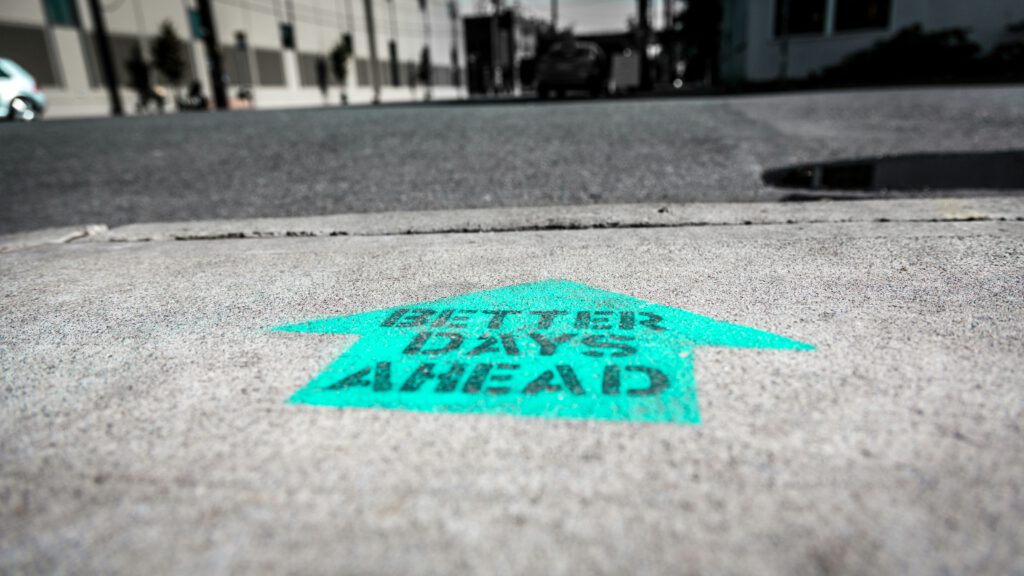
Set Yourself Up For Success: Tips for Getting Started
If you haven’t been in the habit of regular exercise for a while, getting back into it can feel overwhelming. But remember, it’s not about perfection; it’s about progress. Here are some tips that have worked for me and can help you ease into a routine. By taking small, manageable steps, you’ll find your rhythm and make fitness a rewarding part of your life.
“I accumulated small but consistent habits that ultimately led to results that were unimaginable when I started.”
—James Clear

Set Achievable Goals
Aiming for 15-20 minutes of activity a day, around 4 times a week, is a realistic way to build a habit of regular exercise. If you try to commit to an hour everyday, life will inevitably get in the way. Start small—15 minutes is better than nothing, and much easier to fit in consistently.
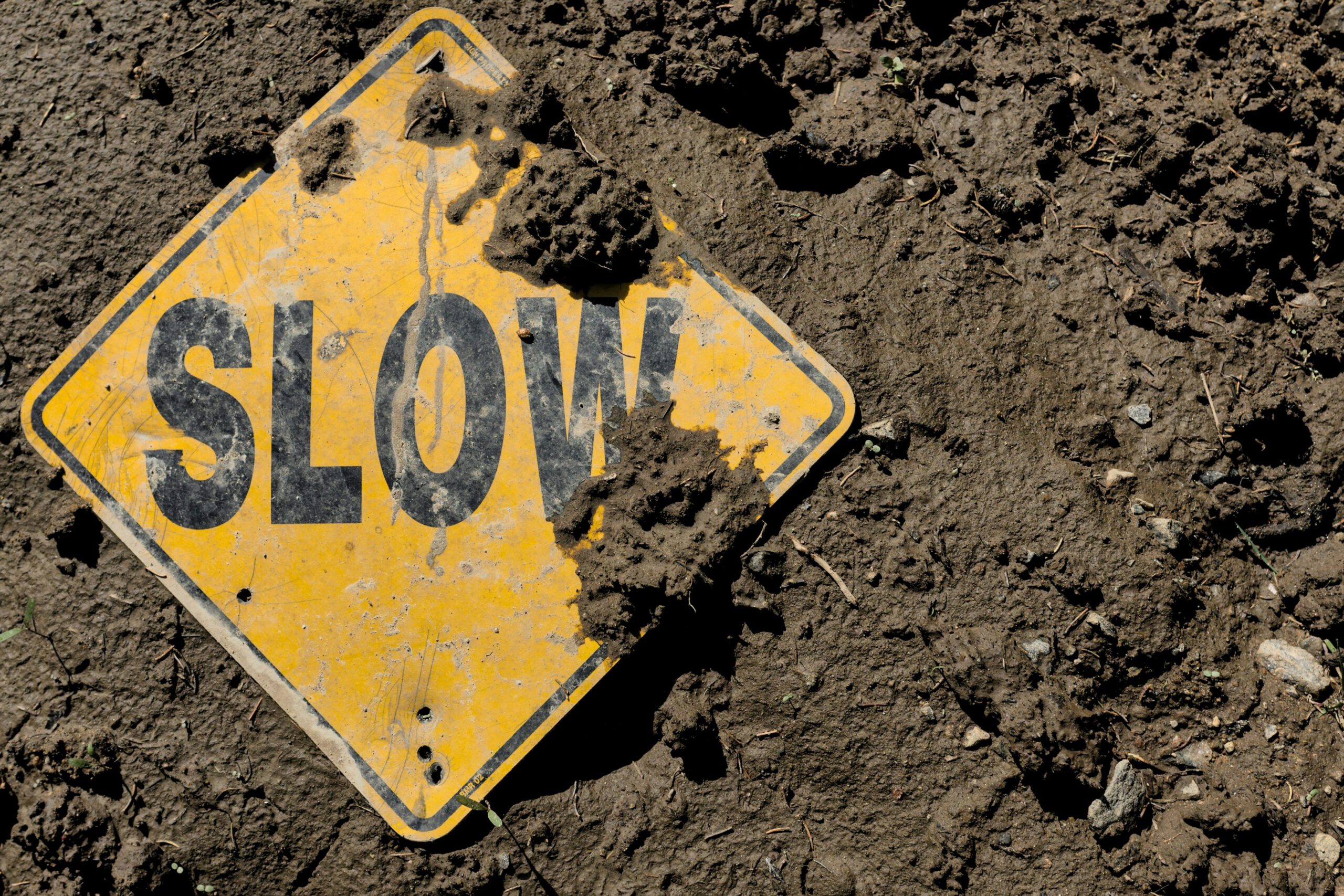
Ease Into It
Don’t jump into intense workouts if you’ve been inactive for a while. Begin with stretching or light yoga, and gradually build up. Coming back the next day is much easier when you’re not too sore to move.
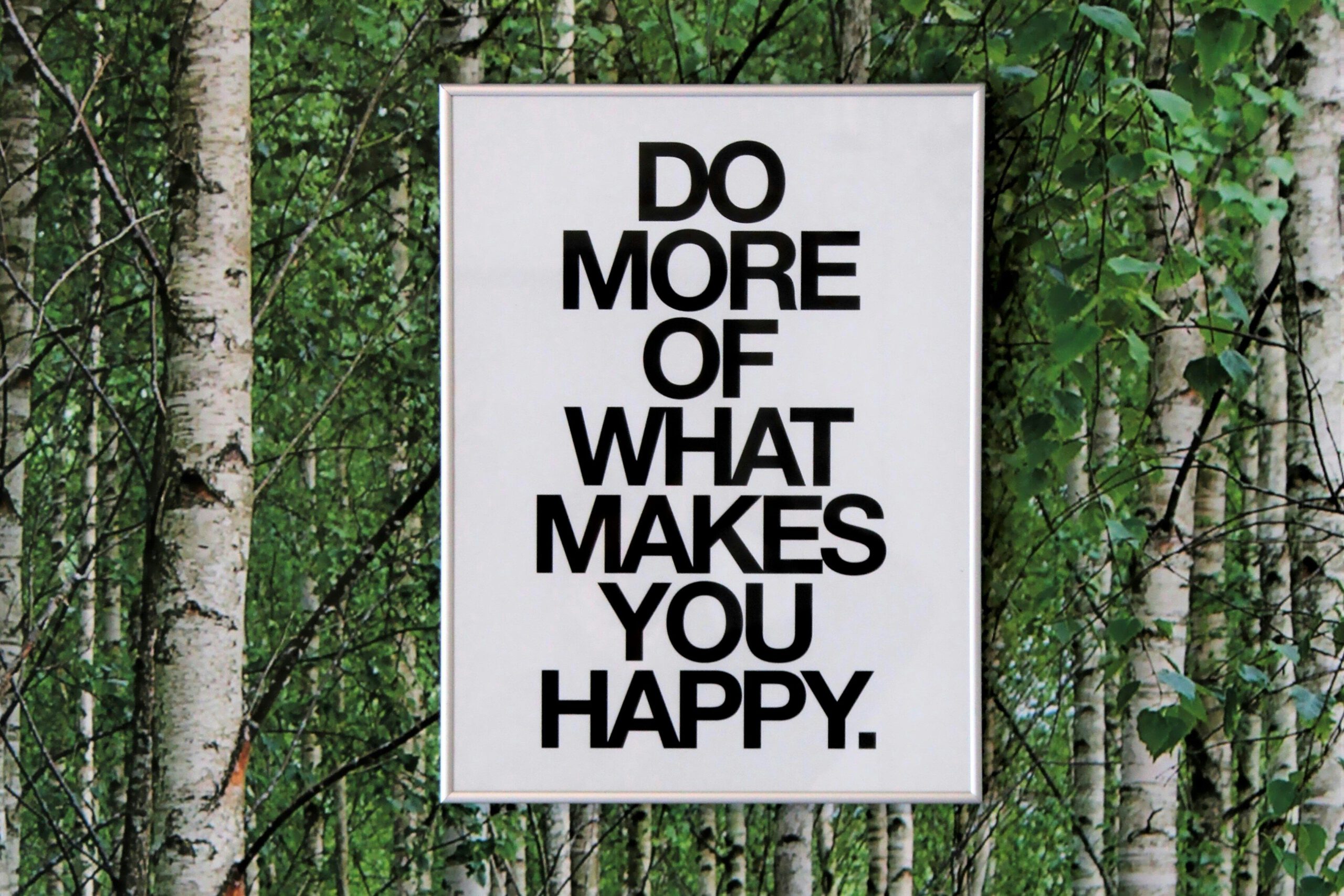
Make It Enjoyable
If you hate your workout, you won’t stick with it. Try different activities until you find something you actually look forward to. I love exercising to music—it keeps me going and makes it more fun.
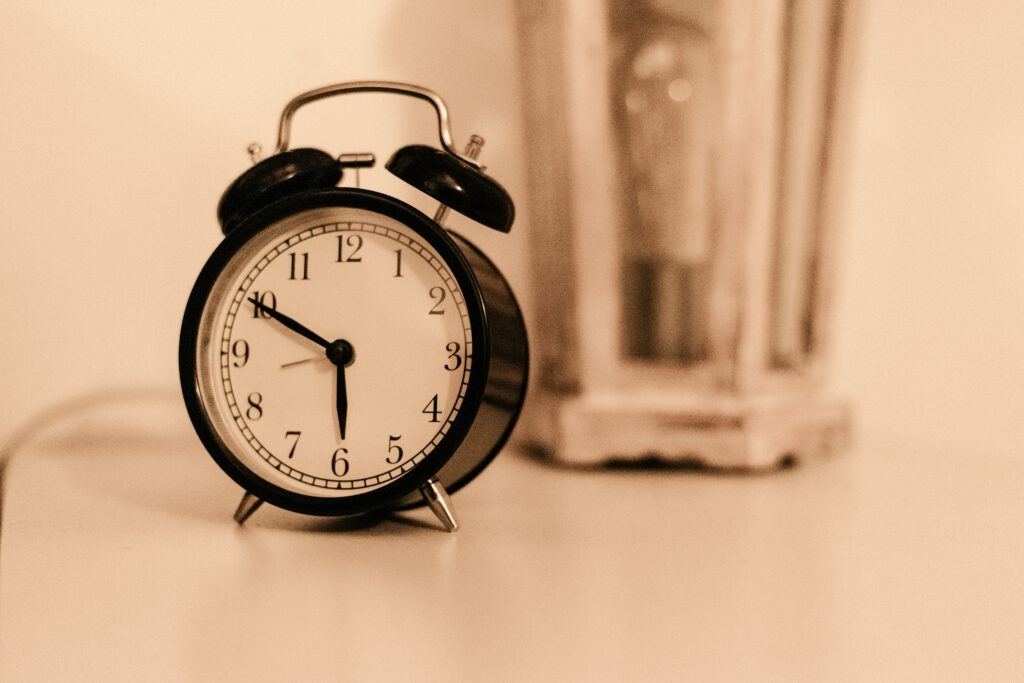
Find The Right Time And Space
When and where you exercise can make a big difference in how motivated you feel. If sticking to a routine is challenging, try experimenting with different times and environments. Personally, I enjoy getting outside when the weather is nice, usually in the early morning to start the day energized. But as the days get colder and darker, that morning energy fades, and I shift to indoor workouts at a later time. Don’t be afraid to mix it up—variety can keep things interesting and help you stay on track.
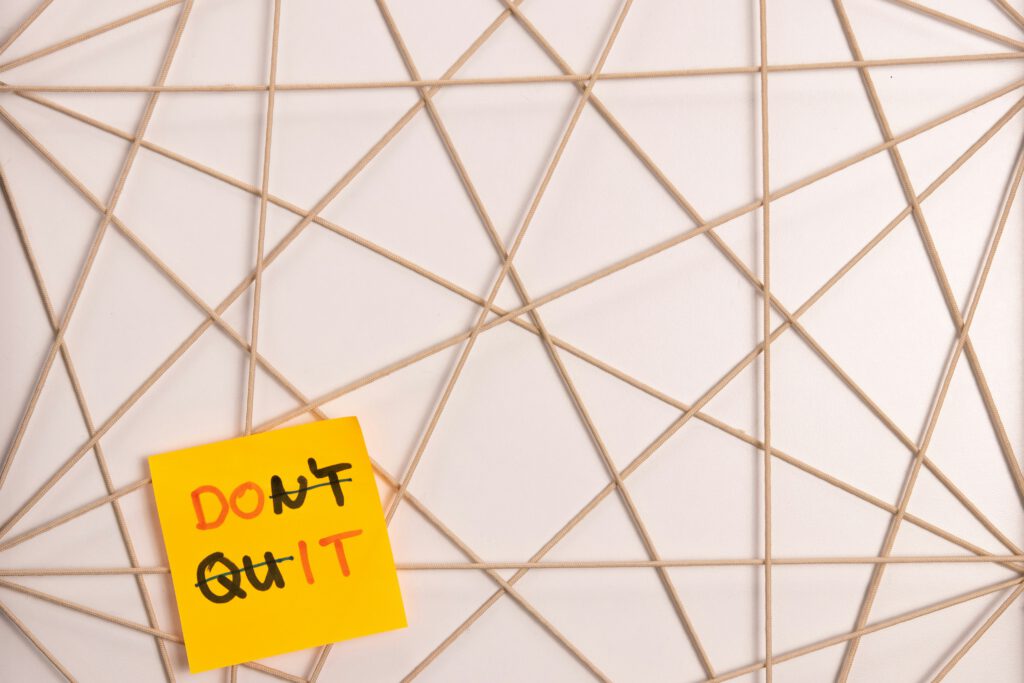
Don’t Quit
If you’re having an off day, it’s totally okay to take a break. But if the funk lingers, ease back in with some light stretching or gentle movement. It’s way better to take a step back than to stop altogether and end up having to start all over again.

Better Me App
This is the app I use for workouts. I started with their 28-day Wall Pilates plan, which provides a new workout each day, gradually building in intensity. It was a great way to ease into a routine and build strength gradually, with options to move through beginner, medium, and advanced levels. I also had the option to tell it I had a sensitive back. A setting I’ve now been able to remove.
Beyond the daily plans, BetterMe offers a wide range of workout categories. In addition to the usual options, there are fun, unique choices like somatic exercises, sofa yoga, and pajama pilates for the low-energy days. For higher intensity, you’ll find dance, boxing, and HIIT workouts. The app even includes wheelchair-friendly and senior fitness options. There’s really something for everyone here—and every mood.
Read, Reflect, Thrive
Join Our Community
Stay in the loop. Sign up to receive updates about articles, tips and resources directly in your inbox.
